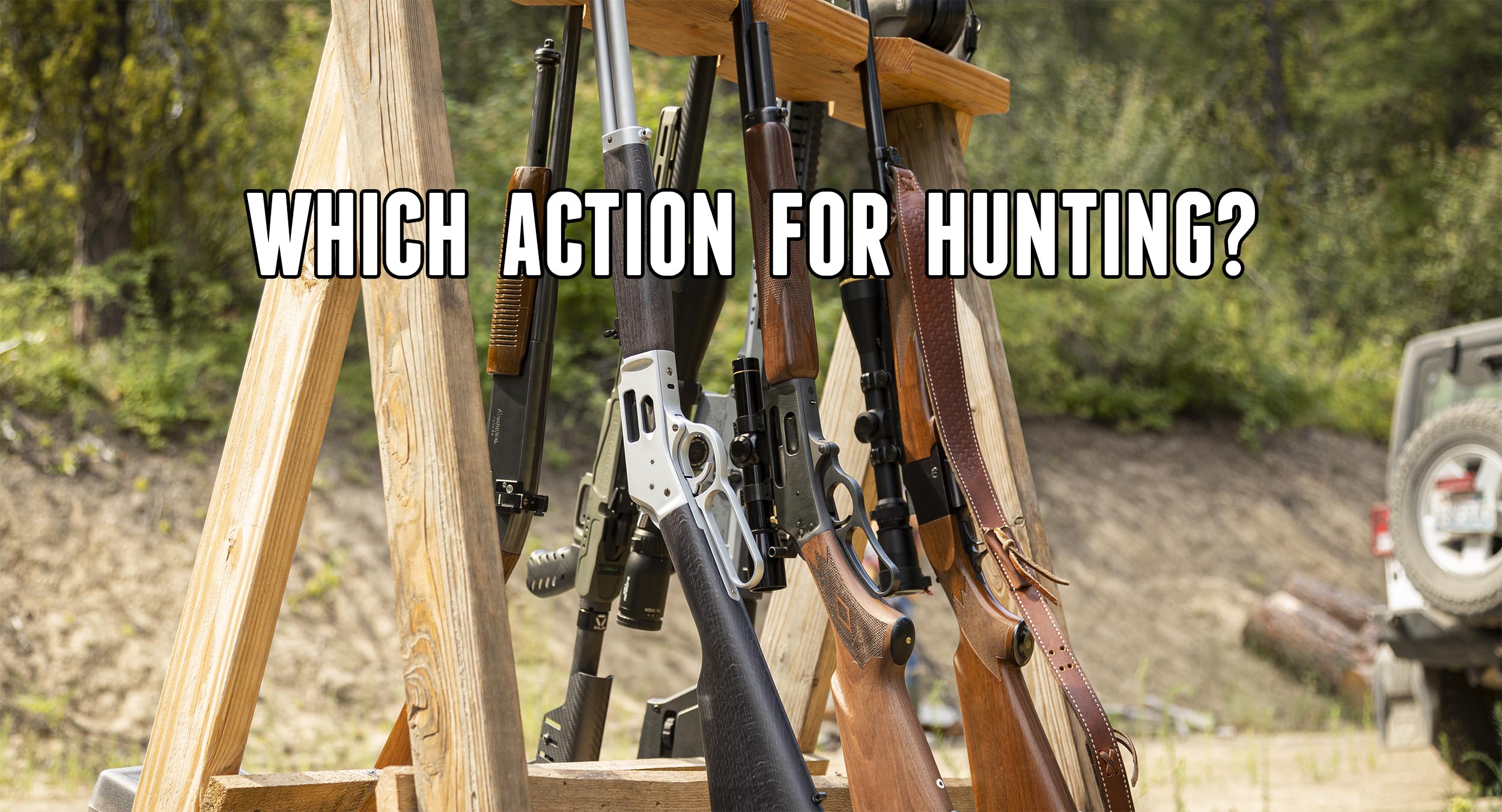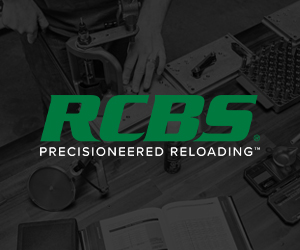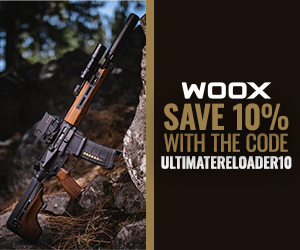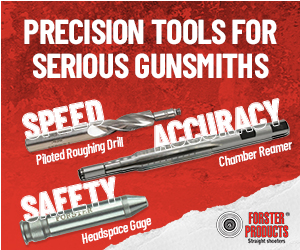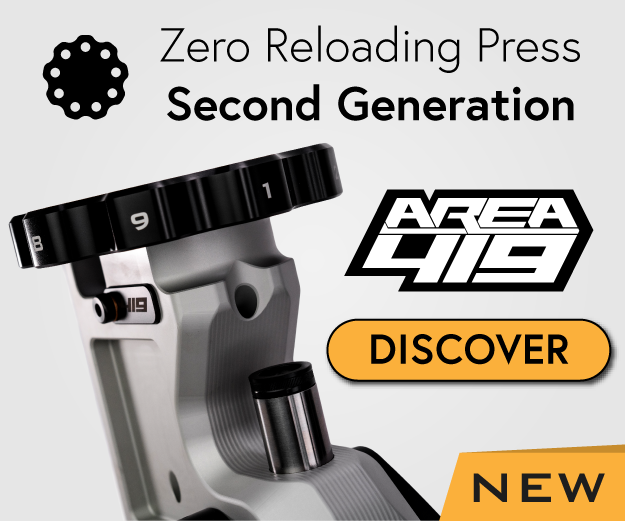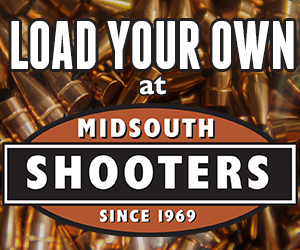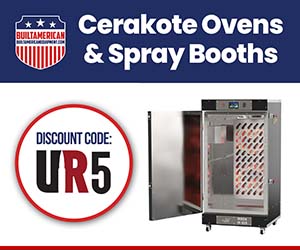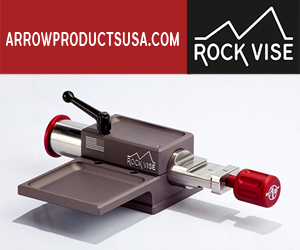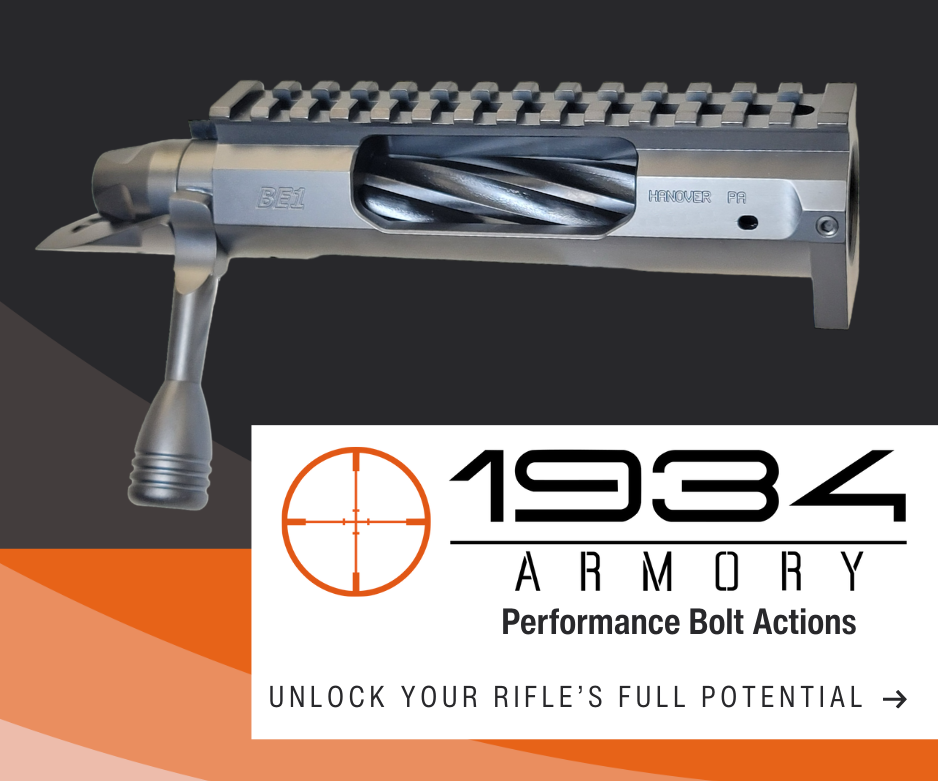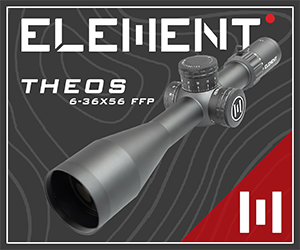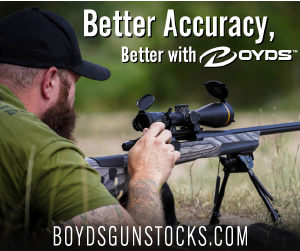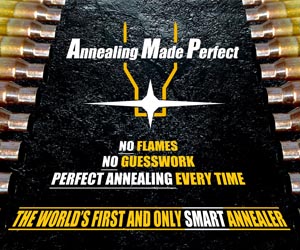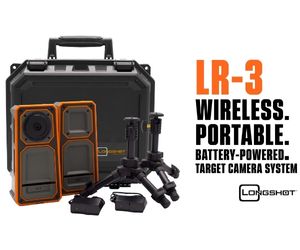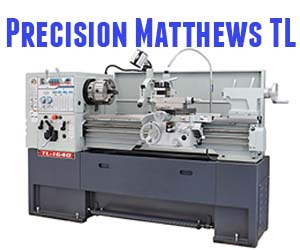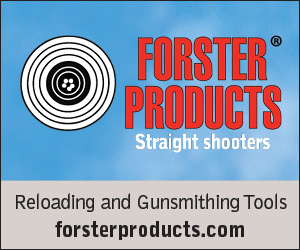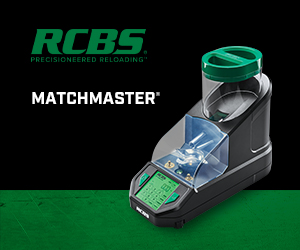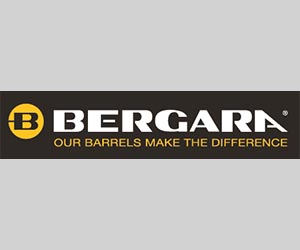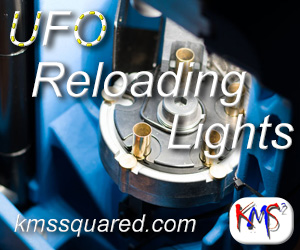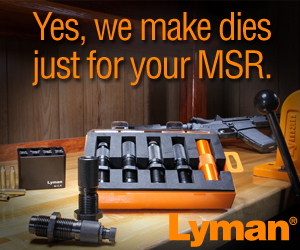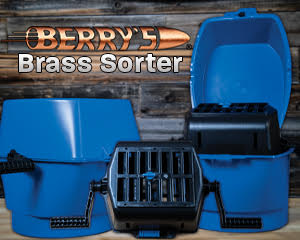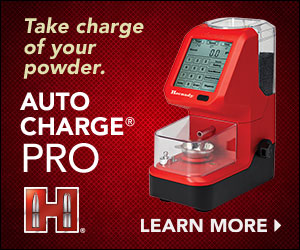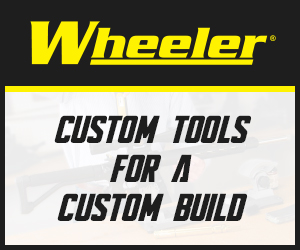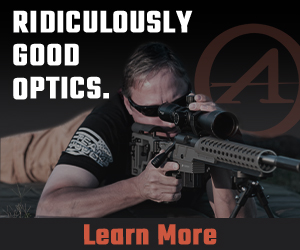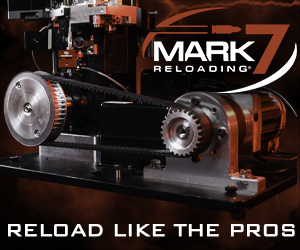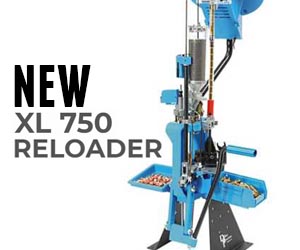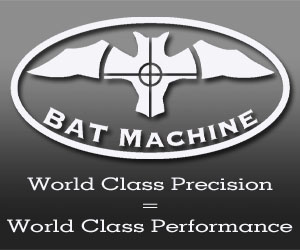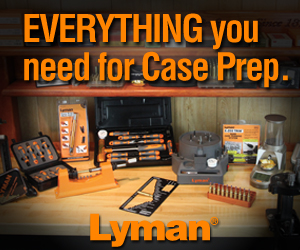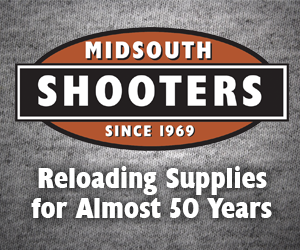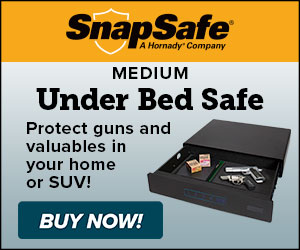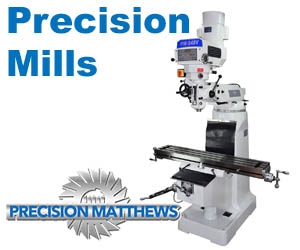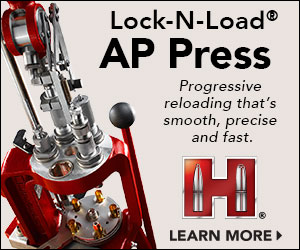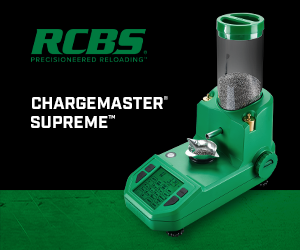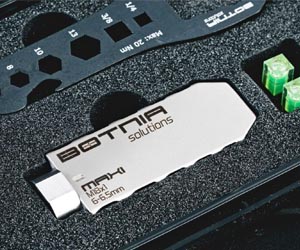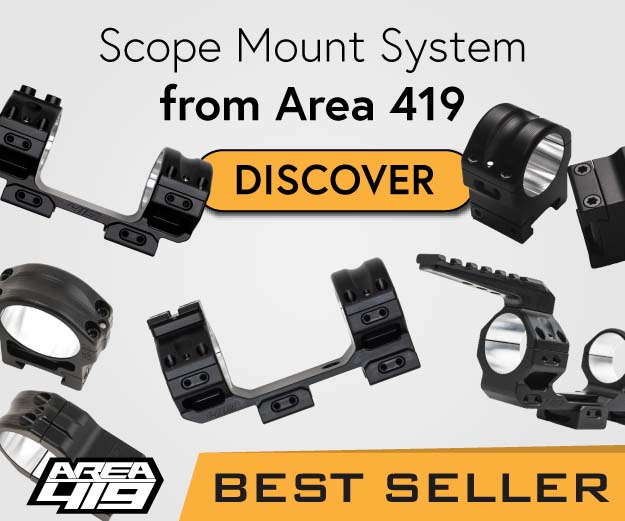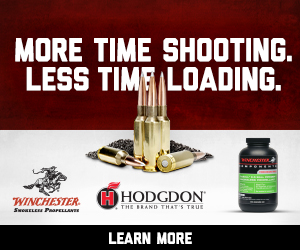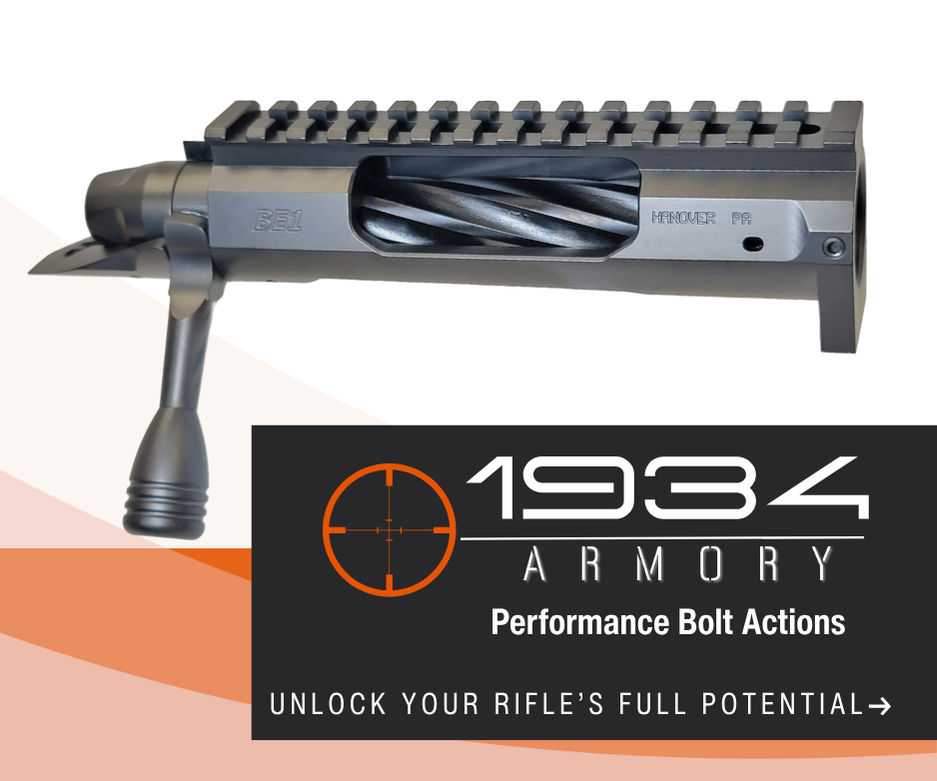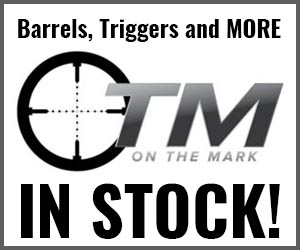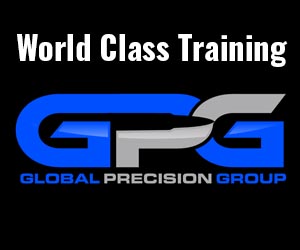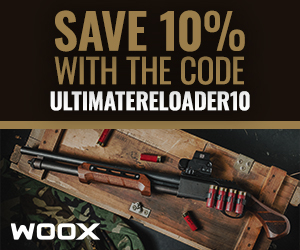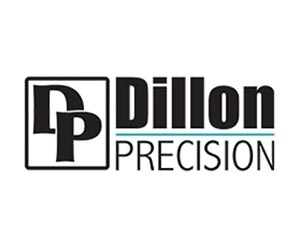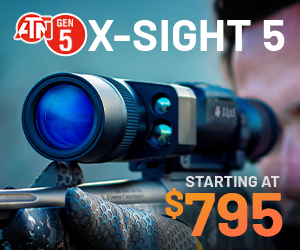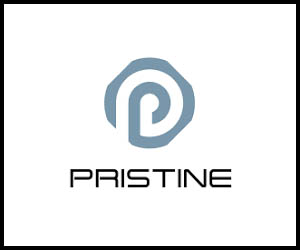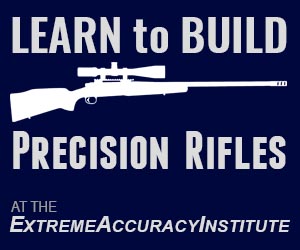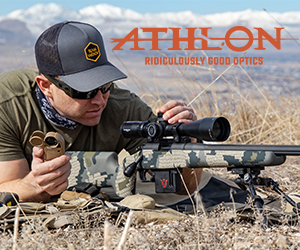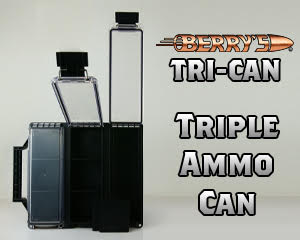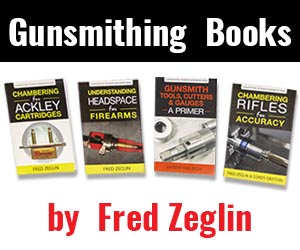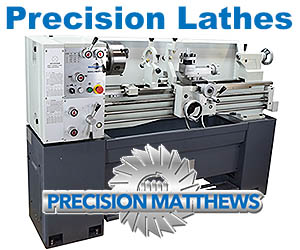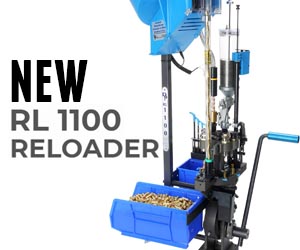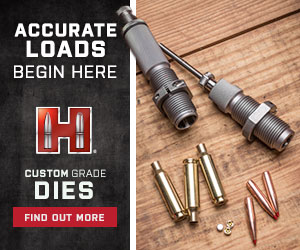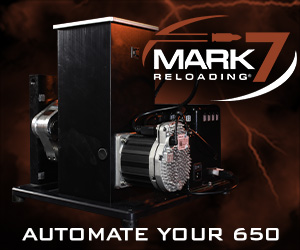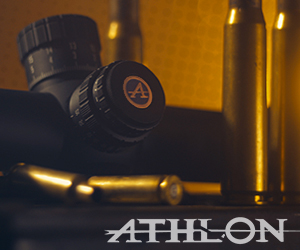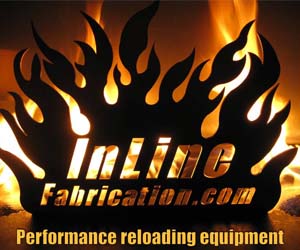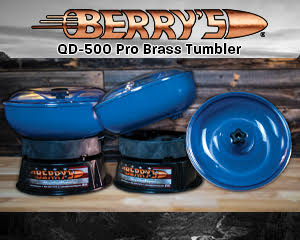When many think of a hunting rifle, they first think of a bolt action. Are other action types viable for hunting? Absolutely! Bolt action rifles can be excellent for a wide range of hunting, but they’re not the only rifle type in the hunting fields. Rifle types vary by individual choice, region, family or cultural differences, and more.
Disclaimer
Ultimate Reloader LLC / Making with Metal Disclaimer: (by reading this article and/or watching video content you accept these terms). The content on this website (including videos, articles, ammunition reloading data, technical articles, gunsmithing and other information) is for demonstration purposes only. Do not attempt any of the processes or procedures shown or described on this website. All gunsmithing procedures should be carried out by a qualified and licensed gunsmith at their own risk. Do not attempt to repair or modify any firearms based on information on this website. Ultimate Reloader, LLC and Making With Metal can not be held liable for property or personal damage due to viewers/readers of this website performing activities, procedures, techniques, or practices described in whole or part on this website. By accepting these terms, you agree that you alone are solely responsible for your own safety and property as it pertains to activities, procedures, techniques, or practices described in whole or part on this website.
Considerations
Choosing a hunting rifle, or any rifle really, requires you to evaluate your needs and abilities.
Affordability is the first. What can you afford to buy, maintain, and shoot? Some action types are inherently more expensive than others, but there is always a scale.
What distance are you planning on shooting? How far away will the game you are hunting be and what are the shortest and longest shots you expect based on the animal and environment? Many only consider the furthest shots, but what about a 20 yard shot or self-defense scenario against a bear? In the latter case, you need the ability to reliably fire quick follow-up shots and need an optic or sighting system that allows you to do so. A 25x optic at 20 yards will not do you much good. More isn’t always better.
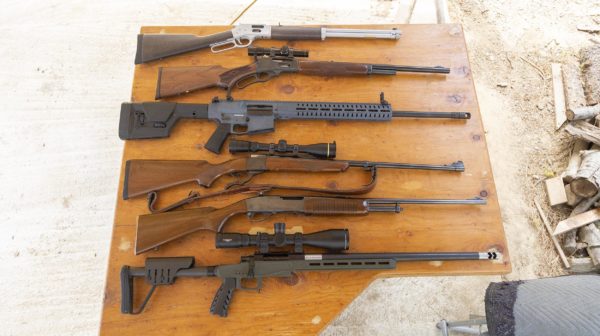
Accuracy comes on the heels of distance. How far do you want/need to be able to shoot and how accurate do you want/need to be at those distances? The nature of the hunt may dictate the equipment needed. For example, if you are hunting sage rats from 300 yards away, you need a rifle capable of hitting those small targets at that distance. Hitting a rat and hitting a deer are not the same. Keep in mind, the size of the animal doesn’t necessarily equal the size of the target. Being an ethical hunter means making confident shots in vital areas that ensure a swift and humane harvest. Different action types have different capabilities when it comes to accuracy.
Returning to the defense against a bear example, consider the size, tenacity, and danger of both the game you are pursuing and any other creatures you may encounter. You may want one gun that can meet your hunting and protection needs. In other situations, you may prefer to have a second protection gun. Be sure to consult your state’s game laws – some states only allow hunters to carry one hunting implement and another arm purely for defense.
Remember, it is your responsibility to take humane and ethical shots. This includes being confident in your abilities with your chosen gun, following hunting regulations, and using a proper cartridge for the game you are using. Generally, caliber minimums and maximums are set in state regulations, but you still need to consider your situation. You do not want to wound an animal.
Finally, how and where are you hunting? Are you trekking through miles of brush, hiking through the mountains, walking to a blind 200 yards from the house? Consider how much weight you want to carry and weigh the pros and cons. Generally, lighter rifles are preferable on physically-demanding hunts. Also think about the weight of your stock, optics, and any accessories.
Bolt Action Hunting Rifle
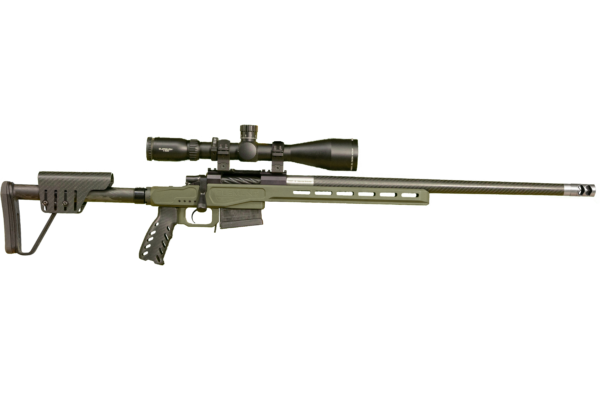
Bolt rifles are generally the most popular and well-known hunting rifles. Most of my hunting friends bolt actions and with good reasons. Bolt actions are typically simple, rugged, reliable, and accurate. They’re available in a wide variety of cartridges and configurations. A good rifle handler can fire several shots quite rapidly and accurately. I personally do most of my hunting with a pair of Remington 700 bolt actions in 25-06 and 30-06.
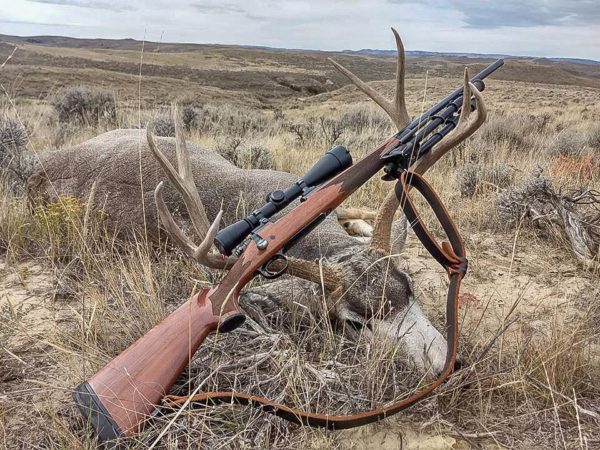
They’ve done very well on a variety of big game across a wide range of weather and terrain. To illustrate this, we chose Gavin’s custom BAT actioned 22 GT, a fast stepping cartridge excellent for varmints, coyotes, and even pronghorn or deer where legal. To be clear, this is not your average or most affordable bolt action rifle, we just really love it.
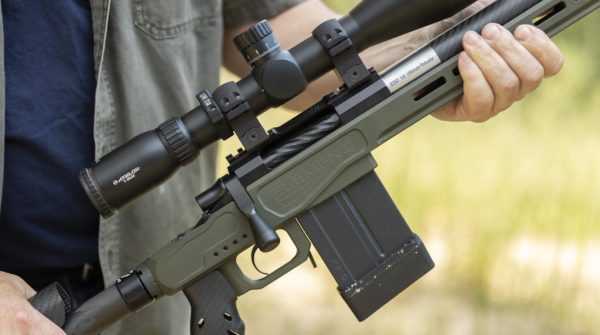
Bolt Action Breakdown:
- Reliability = Extremely Good
- Cycling Speed = OK
- Follow-Up Shots = OK
- Accuracy/Precision = Extremely Good
- Optics/Accessories = Extremely Flexible, Many Options
- Cost = Mild to Wild
Bolt actions are rugged. They’ve survived the tests of multiple wars and are still in use by military snipers today. They also protect the ammunition from weather and elements. Malfunctions are easy to clear. Manual loading is also easy if you forgot the magazine. Competition shooters prove that bolt actions can be operated very quickly with training and practice.
Semi-Automatic
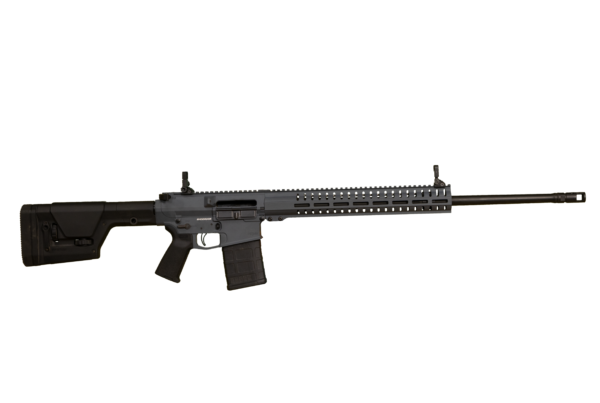
Though the AR-15 and AR-10 types are the most popular semi-automatic rifles, they’re not the only choices. For instance, Remington has long made a fine semi-auto hunting rifle and don’t forget the M1A. AR platforms were first eschewed by hunters as clunky, unreliable, and chambered for weak cartridges. Much of this was due to problems with the first M16’s in Vietnam. Today, as technology has improved, AR’s are now seen as the formidable hunting rifles they truly are. They work great in many different conditions and can be extremely accurate. Quick follow up shots are no problem. In some hunting situations, like trying to drop multiple hogs while the herd is within range, this can be especially advantageous. AR’s are especially popular for plinking and varmint hunting.
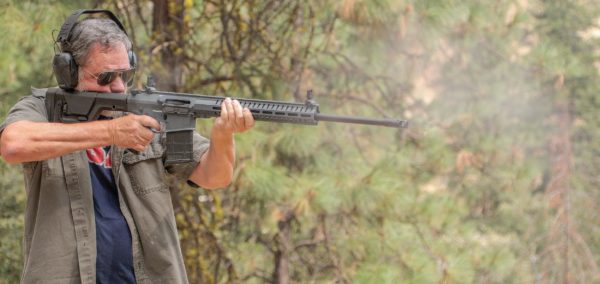
Semi-Auto Breakdown:
- Reliability = Good
- Cycling Speed = Extremely Good
- Follow-Up Shots = Extremely Good
- Accuracy/Precision = Good
- Optics/Accessories = Extremely Good (AR Platform)
- Cost = Modest to Expensive
AR platform rifles are nearly endlessly customizable, including easy modifications for improved ergonomics. The CMMG Endeavor shown is on the very expensive end, but still a great example.
Lever Action Hunting Rifle
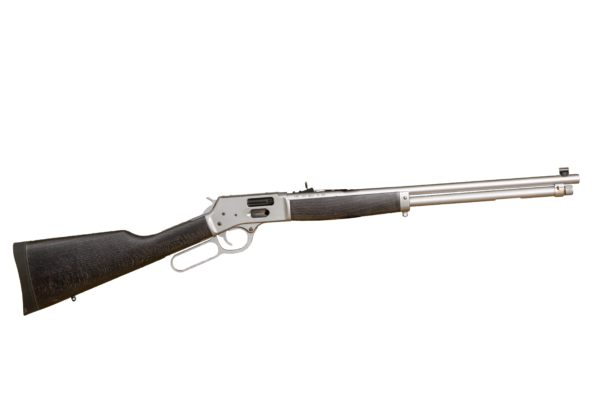
I don’t hunt with a lever action rifle as much as I’d like to, but I do appreciate and enjoy them. I really like the traditional look and feel of tubular magazine rifles as made by Henry, Marlin and Winchester. Though they’re typically chambered in traditional lever-action cartridges like the 30-30 and the 45-70, lever actions chambered for pistol cartridges also have a place. Some may not realize it, but lever actions have been available in higher-pressure cartridges such as the 308 Winchester for decades. Rifles like Henry’s Long Ranger, Browning’s BLR, and the Savage 99 come to mind. For this article, we selected Henry’s All Weather Big Boy .357 magnum, a fine choice for modest range deer hunting.
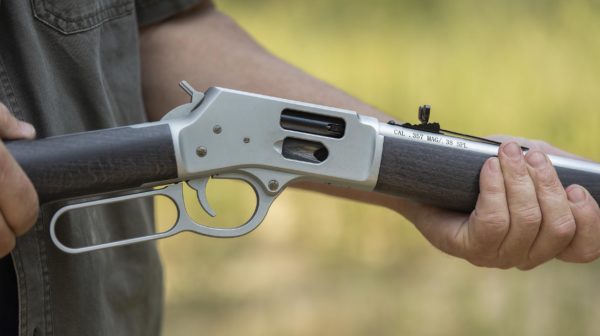
Lever Action Breakdown:
- Reliability = Good
- Cycling Speed = Good
- Follow-Up Shots = Good
- Accuracy/Precision = Modest to Good
- Optics/Accessories = OK
- Cost = Moderate to Expensive
Like the bolt action, cycling speed is highly dependent on the skill of the operator. The parts and mechanisms are a bit more complex than a bolt action or semi-automatic and there aren’t as many available accessories. Though not the platform for extreme accuracy at long distances, a quality lever action with a good load can impress.
Slide or Pump Action
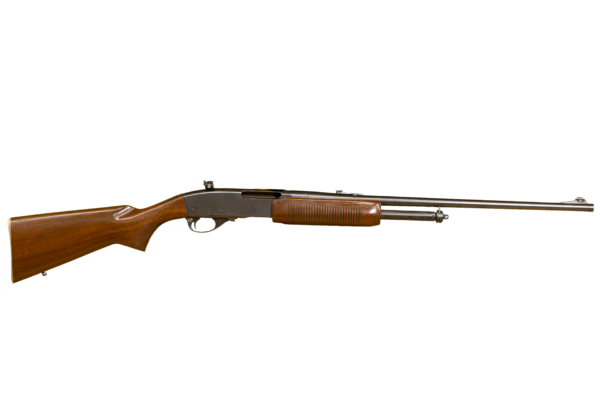
Remington has long made a good slide-action centerfire rifle. In some regions it’s favored, particularly for fast follow-up shots. Famous New England deer hunter Larry Benoit used a Remington 760/7600 in 30-06 as he tracked big bucks in the woods. Magazine articles and books were written about him. He also wrote his own book on deer hunting. Those books and articles helped make the Remington 760 and 7600 popular. It’s a natural choice for anyone who also hunts with a pump action shotgun.
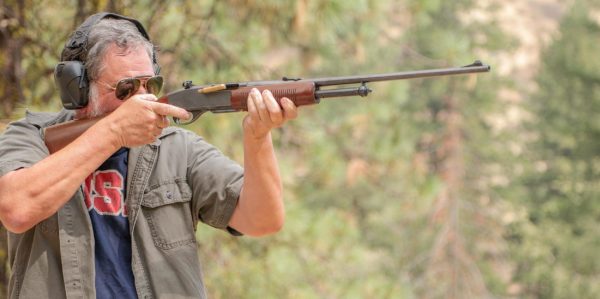
Slide or Pump Action Breakdown:
- Reliability = Good
- Cycling Speed = Good
- Follow-Up Shots = Good
- Accuracy/Precision = Good
- Optics/Accessories = Limited
- Cost = Expensive
I had heard great things about these rifles for years, but never had the opportunity to shoot one until now. Thank you to a good friend for lending us his 30-06 Remington 760 for this article. These guns are not as readily available, so sources like Gunbroker will be your best friend.
Single Shot
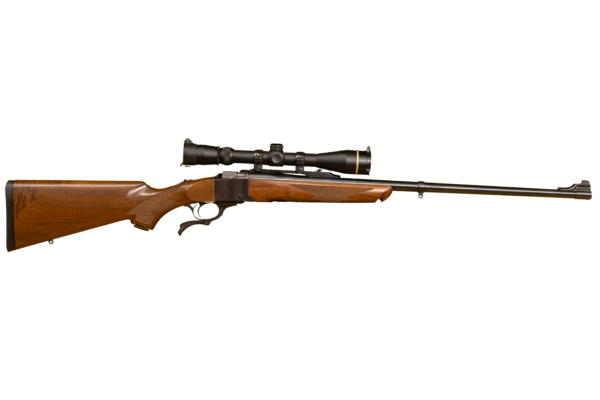
There are two commonly seen single shot rifle types: the falling block, like Ruger’s Number One, and the break-action, like Henry’s Single Shot Rifle, and the Thompson Center’s Encore and Contender rifles. For this article, we used one of my Ruger Number One’s, a 7mm Remington Magnum. I’ve hunted a fair bit with my Ruger Number One falling block rifles (7mm Rem Mag and 375 H&H) and have taken bear, mule deer and pronghorn antelope with them.
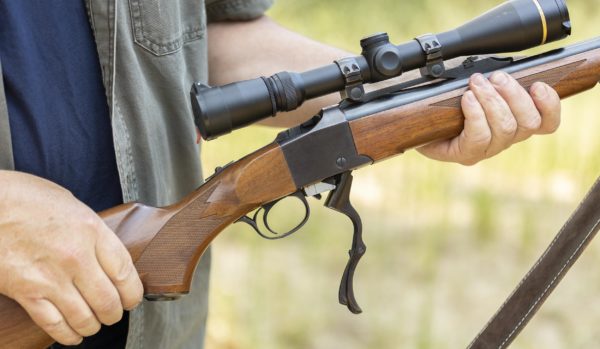
Single Shot Breakdown:
- Reliability = Excellent
- Cycling Speed = Slow
- Follow-Up Shots = Slow
- Accuracy/Precision = Can be Good
- Optics/Accessories = Minimal
- Cost = Modest to High
Single-shot rifles typically have a shorter length of pull, making them handier in a hunting situation. In my personal experience, falling block actions are exceptionally strong. Our copy editor is a big fan of break actions. The great disadvantage of both is you only have one shot before needing to reload. Even with practice, it’s still slower than working any other action type. Also, ammunition isn’t protected in a magazine and must be carried elsewhere. Usually it’s at the bottom of a pocket when you need it if not exposed to the elements. Single shot rifles are available in an abundance of calibers and while my Ruger Number One is on the expensive end, you can find a break action single-shot for much less.
Conclusion
Each type of hunting rifle action has worked for decades, or even more than a century, across every climate and terrain. Each has their advantages and disadvantages.
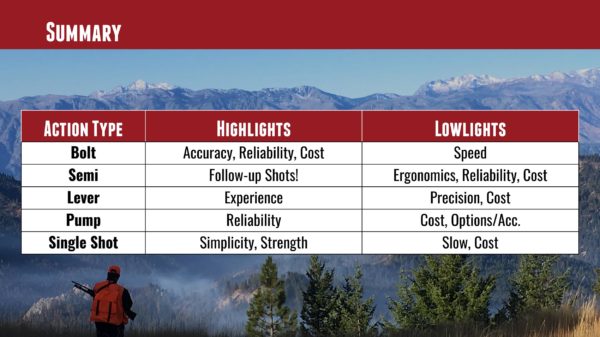
What you choose will depend upon the factors we discussed at the beginning. Consider hunting conditions, accuracy/caliber desires, the game to be pursued and your own abilities. Remember – hunting is largely about the experience. If hunting with a traditional lever action or a single shot rifle puts a grin on your face…That’s probably the one to choose!
Don’t miss out on Ultimate Reloader updates, make sure you’re subscribed!
Thanks,
Guy Miner
